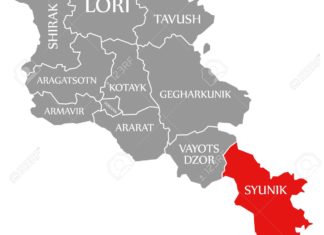There are a number of valuable Armenian properties around the world which have played a historic role in preserving Armenian heritage. But with the change in the demographic profile in the countries where those properties are located, the institutions have outlived their usefulness.
The educational mission of the Mekhitarist Order has disintegrated because of the paucity of young clergy recruits. On the other hand, the once-burgeoning Armenian community in India has all but disappeared, leaving behind an island in the form of the Calcutta Philanthropic Academy.
But there are institutions whose viability and relevance to their respective communities continued to justify their existence and their mission and they, also, have been abandoned prematurely.
One such property is the Melkonian Educational Institute in Nicosia, Cyprus. That institute has been “abandoned” in the sense that its mission is no longer contributing to the preservation of the Armenian heritage.
Melkonian’s creation was a response to a catastrophic crisis and it continued to provide solutions throughout its history, every time a crisis erupted in various Armenian communities.
Following the 1915 Genocide, hundreds of thousands of Armenian orphans were left destitute in the desert or at the mercy of foreign charitable organizations. Patriarch Zaven Der Yeghiayan of Istanbul gathered 300 such orphans to house them at the Melkonian Institute; the school originally acted as an orphanage before changing its mission to that of a boarding school. In later years, it housed and educated students escaping the Iranian revolution or the Lebanese civil war.








